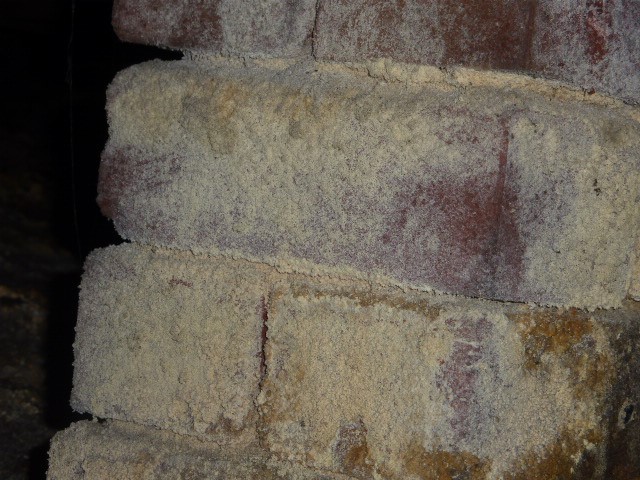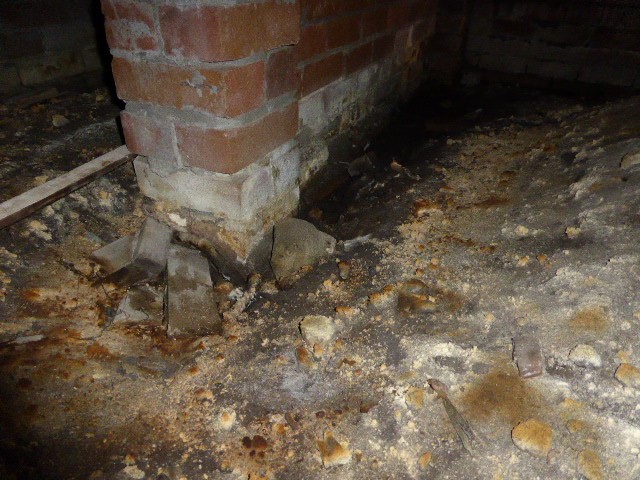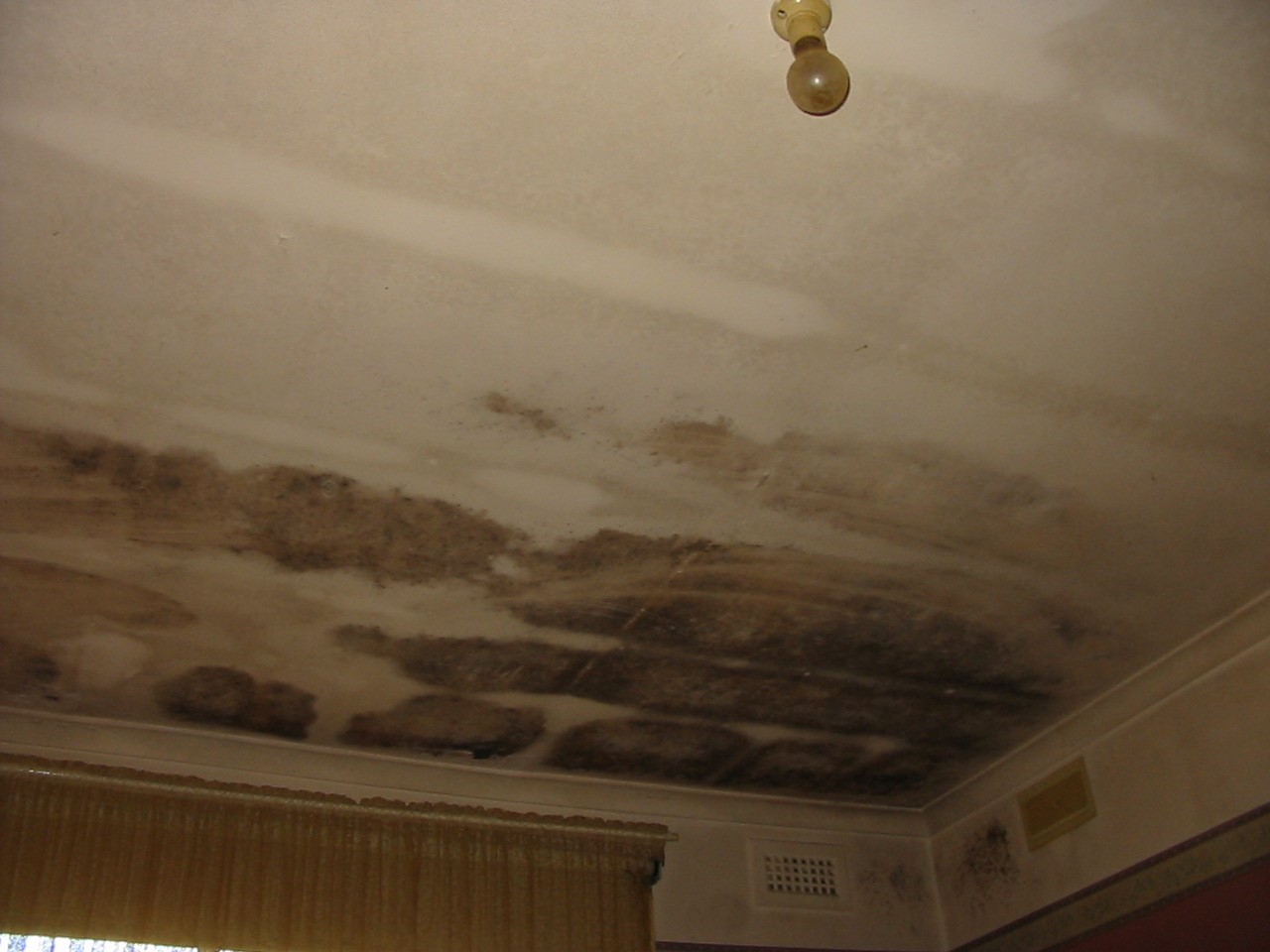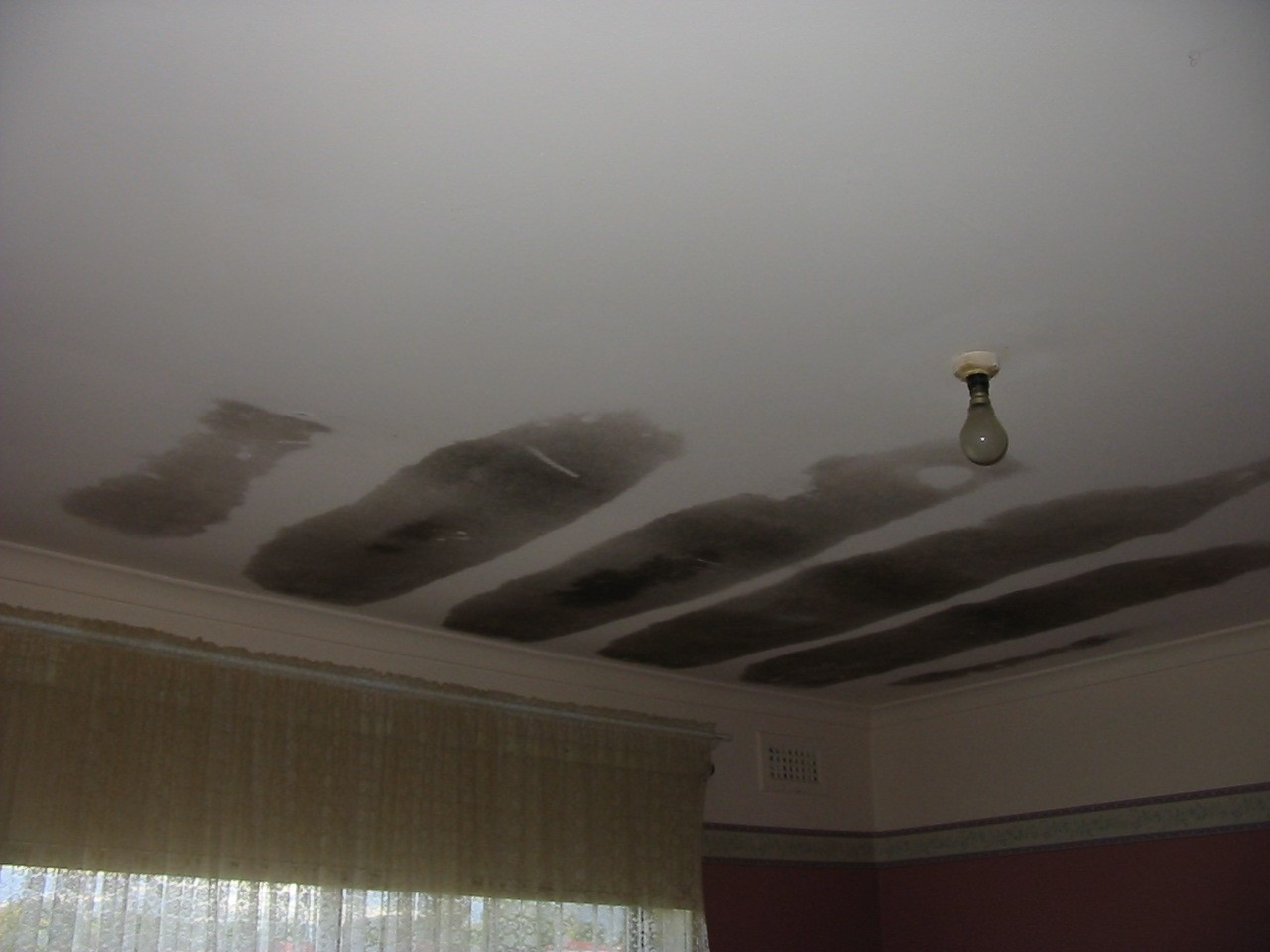Mould can be hazardous to you and your families health if not detected and treated correctly
Our inspections include:
- Identification of problem mould growth, extent of mould contamination, underlying causes and building moisture issues.
- Delineating the cause of mould contamination and the required remedial action.
- Identification of mould species in the hazard identification task of the exposure risk assessment. For example, identification of elevated levels of mould genera that are considered unacceptable (atypical fungi) such as certain pathogenic (disease causing), or toxin‐producing (poisonous) micro‐organisms.
- Establish a mould remediation plan to control exposure and cross contamination during mould remediation works.
- Establish procedures for the ongoing management of mould contamination in problem houses.
Active Building and Pest Inspections was contacted to complete a Pre-Sale inspection for this rental house and found the mold damage throughout every bedroom and the lounge.
During the inspection we identified a site drainage problem, no sub floor ventilation, significant ground mold throughout the under floor space, mold stained plaster walls, ceilings and window surrounds.
Active Building and Pest Inspections advised our client on the problems and what action to take, the site drainage was improved, the sub floor ventilation was increased, the bedrooms were ventilated regularly, the mold damaged plaster and paint were repaired then 3 months later the property was sold
Why you may need an inspection audit!
What is Asbestos?
Asbestos is a fibrous mineral, mined from the ground and known for its durability. Between the 1940s and 1980s, many of the products used in the Australian building industry contained asbestos because of its fire resistant and effective insulating qualities.
Asbestos fibres are miniscule, approximately 50 to 200 times thinner than a human hair, and can be invisible to the naked eye. When asbestos or products containing asbestos are disturbed, these fibres are released into the air, and can remain airborne for long periods of time.
Why is Asbestos Dangerous?
In the late 1980s, the production of products containing asbestos was halted in Australia due to the major health effects it was found to cause. Since 31 December 2003, the use of asbestos had been banned nationwide.
Common health effects that can arise from exposure to asbestos include:
- Asbestosis (scarring of the lung tissue)
- Lung cancer
- Mesothelioma (cancer of the lung and stomach linings) and
- Pleural plaque (patches of thick scar tissue on the lining of the lung)
Living in a house containing asbestos materials that are undamaged and undisturbed is not dangerous. It is only when asbestos products are worked on that the fibres may be released into the air, causing health problems.
What if my property has Asbestos?
Active Building and Pest Inspections have a professional inspector who is qualified to carry out asbestos Inspections on residential properties. If you are unsure whether your house contains asbestos, the team at Active Building and Pest Inspections can assess the property, and if needed develop an asbestos management plan.





